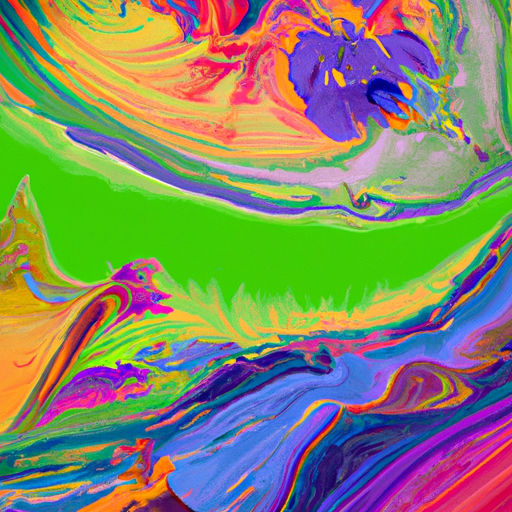Dall.e and Stable Diffusion are two innovative AI technologies. Dall.e, by OpenAI, generates images from text using the GPT-3 transformer model, with potential applications in industries like advertising and education. Stable Diffusion is a generative model that creates synthetic data by mimicking natural diffusion, enhancing the reliability and accuracy of AI systems. Both technologies play crucial roles in advancing AI development and are set to become significant in the field.
In an era marked by rapid advancements in artificial intelligence (AI), two intriguing concepts have emerged: Dall.e and Stable Diffusion. These innovative technologies have sparked significant interest and debate within the AI community. This article aims to demystify these two terms, delving into their underlying mechanisms, highlighting their key differences, and discussing their potential impact on the future of AI. Whether you’re a seasoned AI expert or a curious novice, this comprehensive piece will provide you with a deeper understanding of both Dall.e and Stable Diffusion.
- 1. "Understanding the Basics: Dall.e vs Stable Diffusion"
- 2. "In-depth Analysis: The Mechanism of Dall.e and Stable Diffusion"
- 3. "Comparative Study: Key Differences between Dall.e and Stable Diffusion"
- 4. "Future Prospects: The Impact of Dall.e and Stable Diffusion on AI Development"
1. "Understanding the Basics: Dall.e vs Stable Diffusion"
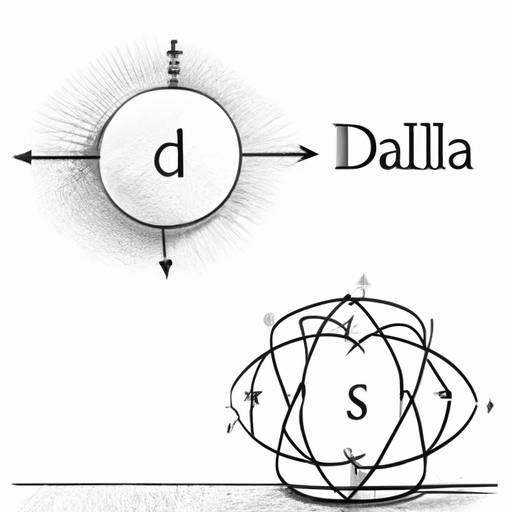
In the arena of artificial intelligence, two notable technologies have emerged: Dall.e and Stable Diffusion. Both these technologies have been instrumental in shaping the progress in AI, although they operate on different principles and have unique capabilities.
Dall.e, a project developed by OpenAI, is an AI system that generates images from textual descriptions, no matter how intricate or absurd they might sound. Named as a portmanteau of the artist Salvador Dali and Pixar’s Wall-E, Dall.e leverages the GPT-3 transformer model that has been trained to understand and generate human-like text. It then applies this understanding to the creation of images. Dall.e is capable of creating everything from ordinary objects to unimaginable creatures and scenarios, all based on textual prompts provided to it. Its ability to produce unique and creative images has gained significant attention in the AI community.
On the other hand, Stable Diffusion is a model that deals more with the process of diffusion, a concept that has been widely used in the natural sciences. In the context of AI, Stable Diffusion refers to a type of generative model. These models are trained to generate new, synthetic data that is similar to some existing, real data. Stable Diffusion employs a process that is akin to the diffusion of particles in nature, where things naturally move from areas of high concentration to areas of low concentration. By gradually changing the data distribution over time, this model can generate incredibly realistic and high-quality synthetic data.
Both Dall.e and Stable Diffusion have their unique strengths and applications. While Dall.e is an expert in generating images from textual descriptions, Stable Diffusion shines in creating high-quality synthetic data through a gradual, natural process. Understanding these basics is crucial to appreciate the profound impact these technologies can have in the field of artificial intelligence. Both Dall.e and Stable Diffusion are leading the charge in the AI revolution, each in their own innovative way.
2. "In-depth Analysis: The Mechanism of Dall.e and Stable Diffusion"
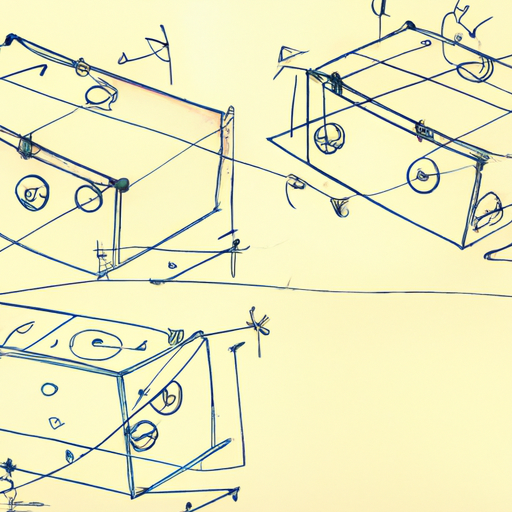
Dall.e, an artificial intelligence program, and stable diffusion, a process central to many systems, both constitute significant innovations in machine learning and physics respectively. This section will provide an in-depth analysis of the mechanisms of both dall.e and stable diffusion, shedding light on their functionalities, applications, and implications.
Dall.e, developed by OpenAI, is a variant of the GPT-3 transformer model. It is designed to generate images from textual descriptions, combining natural language processing with image generation in a remarkable way. The mechanism of dall.e operates by encoding the input text into a vector using the GPT-3 model, then decoding this vector into an image. This encoding and decoding process is trained using a vast dataset of text-image pairs, enabling dall.e to generate highly specific and often creative images from a broad range of textual prompts.
Stable diffusion, on the other hand, refers to a process where particles spread evenly throughout a medium. In a stable diffusion process, particles move from areas of high concentration to areas of low concentration until they are evenly dispersed. The diffusing substance is evenly distributed throughout the system, resulting in a homogeneous mixture. This process is fundamental to various systems ranging from biological processes, such as the transportation of nutrients in cells, to industrial processes like the dispersion of pollutants in the environment.
While dall.e and stable diffusion are distinct concepts, they share a commonality in their reliance on complex algorithms or natural laws to achieve a specific outcome. Dall.e uses algorithms to transform text into images, while stable diffusion relies on the natural laws of physics to achieve an even distribution of particles.
In conclusion, both dall.e and stable diffusion highlight the power of algorithms and natural processes in shaping our world. Dall.e demonstrates the potential of AI in creative applications, while stable diffusion exemplifies the fundamental principles of particle distribution, reminding us of the intricate balance in nature. Understanding these mechanisms not only provides insights into their respective fields but also opens up possibilities for future innovations.
3. "Comparative Study: Key Differences between Dall.e and Stable Diffusion"
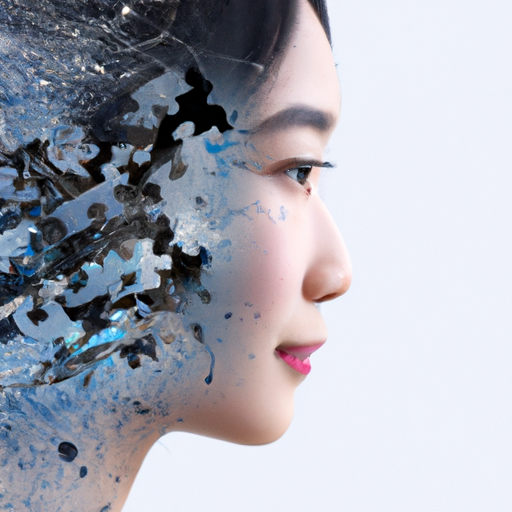
Dall.e and Stable Diffusion are two prominent concepts in the field of artificial intelligence (AI). However, they serve different purposes and are used in distinct contexts. Here, we will conduct a comparative study to highlight the key differences between Dall.e and Stable Diffusion.
Dall.e, developed by OpenAI, is an AI program that creates images from textual descriptions. It’s an extension of GPT-3, a powerful language processing AI. Dall.e is designed with a unique ability to generate highly specific images that have never been seen before using textual prompts. This could range from a simple object like a "red apple" to an abstract concept like "a two-story pink house shaped like a shoe." The versatility of Dall.e lies in its ability to interpret and visualize a wide spectrum of descriptions, changing the way we perceive AI’s creative potential.
On the other hand, Stable Diffusion is a concept used in machine learning that deals with the process of information spread. It’s a model that utilizes the diffusion process for generating samples. Stable Diffusion is primarily concerned with the steady state of a system where the quantity of particles or energy in the system does not change over time. In the context of AI, it refers to the steady state of learning where the AI has reached a point of equilibrium in its learning process. The significance of Stable Diffusion lies in its ability to stabilize the learning process of an AI system, ensuring reliability and consistency.
While both Dall.e and Stable Diffusion are significant in the realm of AI, they have quite distinct functionalities. Dall.e is about generating creative and unique visual content based on text inputs, emphasizing the creative abilities of AI. In contrast, Stable Diffusion is more about the technical process of learning and information spread within an AI system, focusing on the stability and reliability of AI learning processes.
Therefore, while Dall.e and Stable Diffusion both contribute to the advancement of AI, they do so in different ways. Their key differences lie in their core functionality – one being a creative tool and the other being a technical model for learning stability.
4. "Future Prospects: The Impact of Dall.e and Stable Diffusion on AI Development"
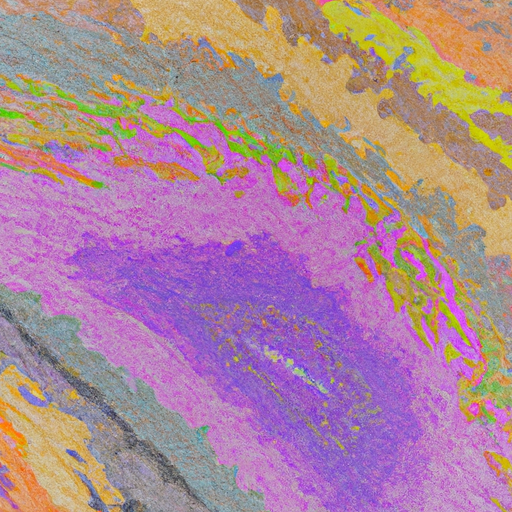
The future prospects of AI development are evolving at an astounding pace, and two key players in this revolution are Dall.e and stable diffusion. The impact of these technologies has the potential to completely transform the way we utilize AI, opening up a world of possibilities and improvements.
Dall.e, an AI program developed by OpenAI, showcases the potential for artificial intelligence to generate images from textual descriptions. Its impact on the future of AI development is significant, as it could reshape numerous industries such as advertising, entertainment, education, and more. The ability to create unique, tailor-made visuals from simple text inputs could revolutionize how we create and interact with digital content.
On the other hand, stable diffusion, a concept related to AI modeling, offers a different kind of potential. The process involves using diffusion models to generate new data that is similar to the original data. This could have profound implications on the quality and efficiency of AI systems, making them more reliable and accurate. The concept of stable diffusion could significantly improve the robustness of AI models, enhancing their capacity to analyze complex data and make accurate predictions.
As AI becomes increasingly integrated into our daily lives, the importance of advanced, reliable, and efficient AI models becomes paramount. The impact of Dall.e and stable diffusion on AI development could help us reach new heights in terms of AI capabilities. They serve as exciting reminders of the ever-evolving nature of technology and the potential that AI holds for the future.
From an SEO perspective, the prominence of keywords such as Dall.e and stable diffusion is likely to increase as these technologies gain more recognition in the field of AI development. As we move forward, it’s crucial to keep an eye on these advancements and their potential impact on various industries and aspects of life. The future of AI development holds incredible potential, and technologies like Dall.e and stable diffusion are set to play a significant role in shaping this exciting future.
In conclusion, both dall.e and stable diffusion are significant advancements in the field of artificial intelligence. Although both technologies share some similarities, they differ significantly in their operational mechanisms. While dall.e is known for its impressive ability to generate images from textual descriptions, stable diffusion stands out for its stability and efficiency in data processing. The comparative study conducted in this article provides a comprehensive understanding of the key differences between dall.e and stable diffusion. Given the potential impact of dall.e and stable diffusion on AI development, it is crucial for researchers and practitioners to fully understand these technologies to harness their full potential. Future advancements in these technologies are undoubtedly expected to revolutionize the AI landscape.

